 VANCOUVER — The Forest Innovation & Bioeconomy Conference (FIBC 2025) returns May 6-8, 2025, at the Westin Bayshore in Vancouver, bringing together industry, researchers, policymakers, investors, and First Nations leaders to explore the future of forest sector innovation. Hosted by the B.C. Ministry of Forests, the University of British Columbia’s BioProducts Institute, and Foresight Canada, this international event will focus on forest product innovation, diversification, and the commercialization of high value bioproducts. Early Bird Registration – Save by registering early by March 31, 2025.
VANCOUVER — The Forest Innovation & Bioeconomy Conference (FIBC 2025) returns May 6-8, 2025, at the Westin Bayshore in Vancouver, bringing together industry, researchers, policymakers, investors, and First Nations leaders to explore the future of forest sector innovation. Hosted by the B.C. Ministry of Forests, the University of British Columbia’s BioProducts Institute, and Foresight Canada, this international event will focus on forest product innovation, diversification, and the commercialization of high value bioproducts. Early Bird Registration – Save by registering early by March 31, 2025.
Key Highlights
- Lab-to-Market: The Pathway to Commercialization
- Horizon Europe & Canada Collaboration
- Europe Bioeconomy Cluster Development
- B.C.’s Forest Bioeconomy & Sector Diversification .
- Business to Business Matchmaking

 Lumber and other costs could soar … but that’s not even the biggest problem. First, Canada was hit with tariffs. Then it wasn’t. Then came March 4, a.k.a. Tariff Tuesday. Then the U.S. stock markets tanked and big American industries — including the auto sector — ramped up their tariff objections. Then we had Oops Never Mind About Those Tariffs For Now Thursday. …As it stands, Canada has a second tariff reprieve on goods covered under the Canada-U.S.-Mexico Free Trade Agreement. Until April 2. So this trade war is far from over. Whether directly or due to instability, it affects every aspect of our economy — and that includes housing. …While builders can use Canadian lumber, of course, other materials and products are traditionally imported largely from the U.S. These include appliances, glass windows and doors, ceramic tiles, hardware components such as fasteners, and machinery and tools.
Lumber and other costs could soar … but that’s not even the biggest problem. First, Canada was hit with tariffs. Then it wasn’t. Then came March 4, a.k.a. Tariff Tuesday. Then the U.S. stock markets tanked and big American industries — including the auto sector — ramped up their tariff objections. Then we had Oops Never Mind About Those Tariffs For Now Thursday. …As it stands, Canada has a second tariff reprieve on goods covered under the Canada-U.S.-Mexico Free Trade Agreement. Until April 2. So this trade war is far from over. Whether directly or due to instability, it affects every aspect of our economy — and that includes housing. …While builders can use Canadian lumber, of course, other materials and products are traditionally imported largely from the U.S. These include appliances, glass windows and doors, ceramic tiles, hardware components such as fasteners, and machinery and tools.
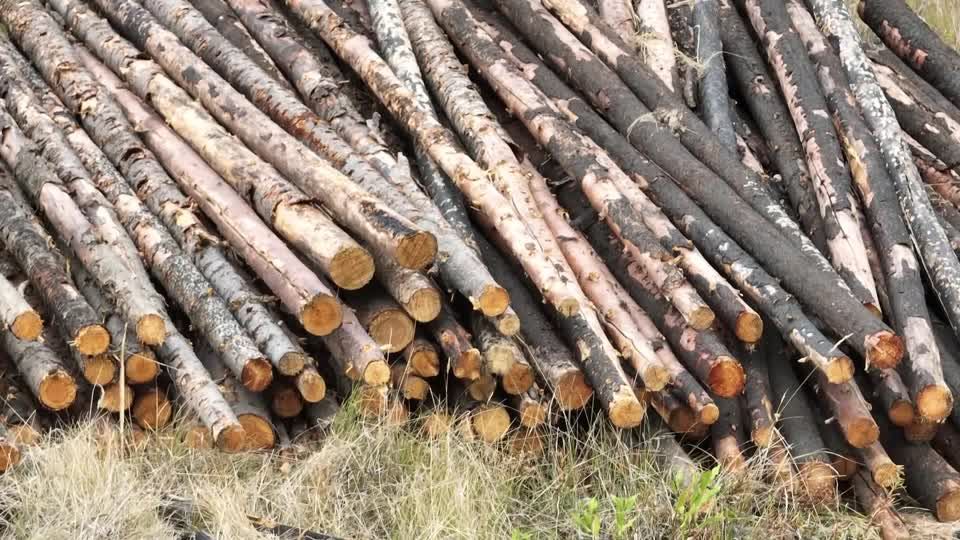
 Legislation has been introduced to strengthen BC’s ability to respond quickly to threats of tariffs imposed on Canada by the US, to grow a more self-reliant economy, and to defend workers and businesses. …If passed, the act will enable the BC government to be nimble in its response, giving government time to develop more long-term responses. A focus on expanding interprovincial trade and moving procurement away from American vendors will help encourage greater reliance on goods and services made in Canada. …The act will automatically be repealed by 2027 at the latest. …The legislation allows government to: 1. Temporarily modify the application or effect of BC laws and regulations to defend BC from challenges brought on by the continued tariff and sovereignty threats. …2. Reduce or eliminate barriers to interprovincial trade. …3. Impose tolls/fees on specified vehicles using provincial public infrastructure such as highways …4. Provide procurement directives to public bodies.
Legislation has been introduced to strengthen BC’s ability to respond quickly to threats of tariffs imposed on Canada by the US, to grow a more self-reliant economy, and to defend workers and businesses. …If passed, the act will enable the BC government to be nimble in its response, giving government time to develop more long-term responses. A focus on expanding interprovincial trade and moving procurement away from American vendors will help encourage greater reliance on goods and services made in Canada. …The act will automatically be repealed by 2027 at the latest. …The legislation allows government to: 1. Temporarily modify the application or effect of BC laws and regulations to defend BC from challenges brought on by the continued tariff and sovereignty threats. …2. Reduce or eliminate barriers to interprovincial trade. …3. Impose tolls/fees on specified vehicles using provincial public infrastructure such as highways …4. Provide procurement directives to public bodies.
 VANCOUVER — Conifex Timber reported results for the fourth quarter and year ended December 31, 2024. EBITDA from continuing operations was negative $2.1 million for the quarter and negative $13.6 million for the year, compared to EBITDA of negative $3.5 million in the fourth quarter of 2023 and negative $25.8 million for the year. Net loss was $29.8 million for the quarter while it was $11.8 million for the full year. …While there are signs that the macro-environment for the lumber industry is starting to improve, Conifex continues to review its options to improve liquidity. …Since January 6, 2025, we have been operating our sawmill complex on a two-shift basis and capturing the dual benefits of higher shipments and lower unit costs that a two-shift operation provides over a single-shift configuration.
VANCOUVER — Conifex Timber reported results for the fourth quarter and year ended December 31, 2024. EBITDA from continuing operations was negative $2.1 million for the quarter and negative $13.6 million for the year, compared to EBITDA of negative $3.5 million in the fourth quarter of 2023 and negative $25.8 million for the year. Net loss was $29.8 million for the quarter while it was $11.8 million for the full year. …While there are signs that the macro-environment for the lumber industry is starting to improve, Conifex continues to review its options to improve liquidity. …Since January 6, 2025, we have been operating our sawmill complex on a two-shift basis and capturing the dual benefits of higher shipments and lower unit costs that a two-shift operation provides over a single-shift configuration. 
 VANCOUVER, BC — T
VANCOUVER, BC — T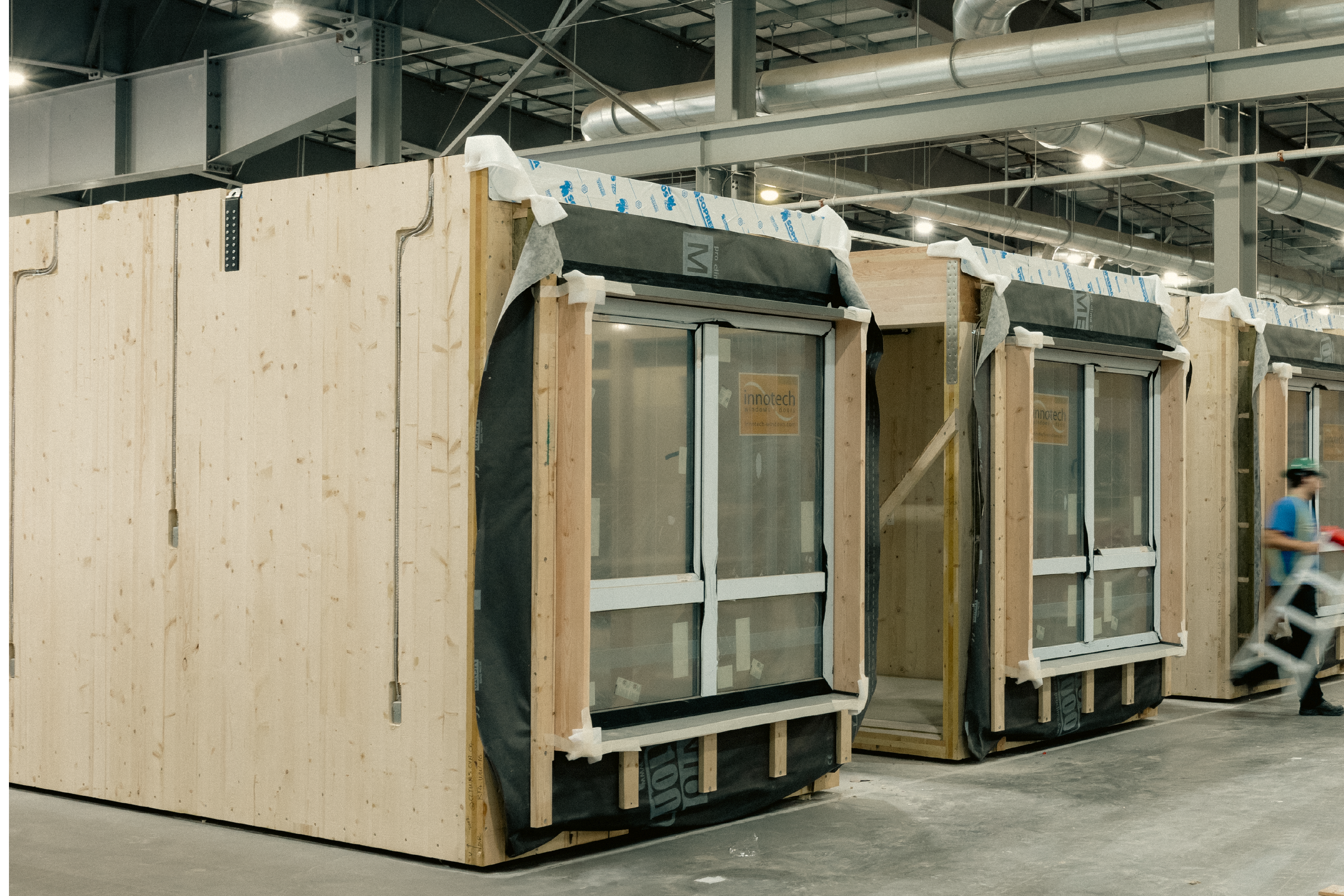

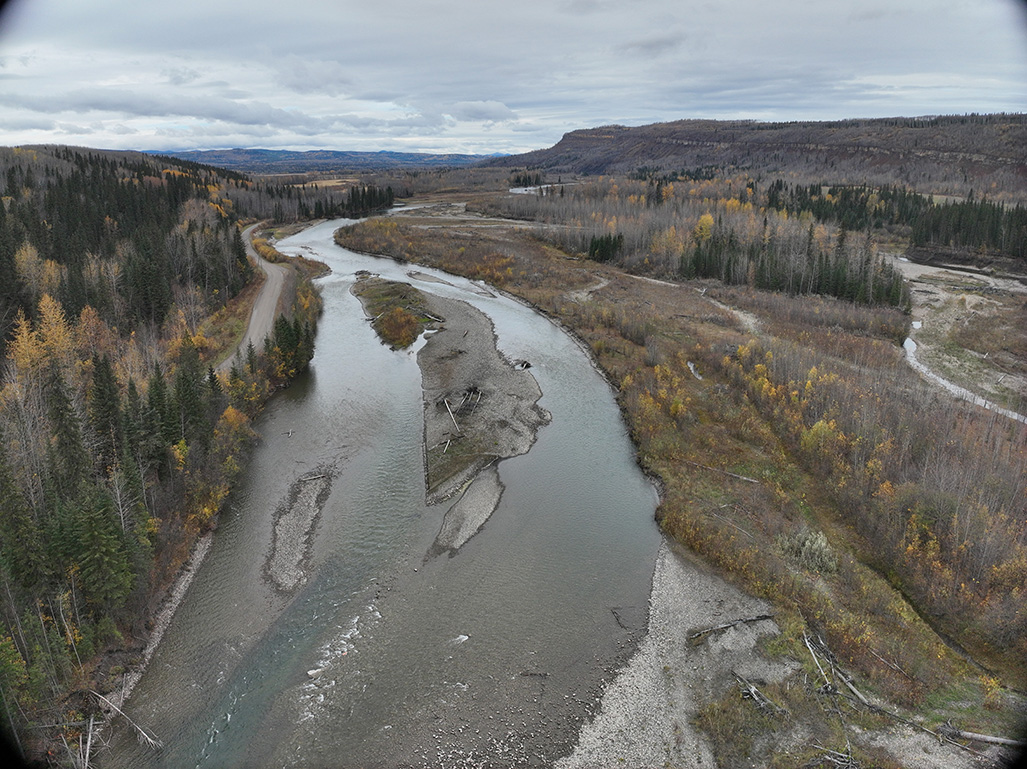


 West Kelowna, B.C. – …Ntityix Resources LP (Ntityix), owned by Westbank First Nation (WFN) has undertaken extensive wildfire risk reduction work . They have achieved significant milestones in their ongoing efforts with support from the Ministry of Forests and the Forest Enhancement Society of BC (FESBC). …“Our government has all hands on deck to protect people, communities and forests, but we cannot do it alone. That’s why the work done by organizations like Ntityix is critical, especially in the Thompson Okanagan region where the wildfire risk is high. I thank them for doing their part in the fight against climate change and wildfires,” said Ravi Parmar, Minister of Forests. …Ntityix has been at the forefront of wildfire risk reduction initiatives in the Thompson Okanagan region, leveraging cultural practices and traditional knowledge to enhance fuel modification zones and significantly contribute to long-term wildfire mitigation strategies.
West Kelowna, B.C. – …Ntityix Resources LP (Ntityix), owned by Westbank First Nation (WFN) has undertaken extensive wildfire risk reduction work . They have achieved significant milestones in their ongoing efforts with support from the Ministry of Forests and the Forest Enhancement Society of BC (FESBC). …“Our government has all hands on deck to protect people, communities and forests, but we cannot do it alone. That’s why the work done by organizations like Ntityix is critical, especially in the Thompson Okanagan region where the wildfire risk is high. I thank them for doing their part in the fight against climate change and wildfires,” said Ravi Parmar, Minister of Forests. …Ntityix has been at the forefront of wildfire risk reduction initiatives in the Thompson Okanagan region, leveraging cultural practices and traditional knowledge to enhance fuel modification zones and significantly contribute to long-term wildfire mitigation strategies.


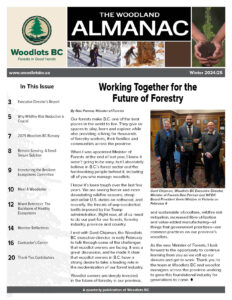


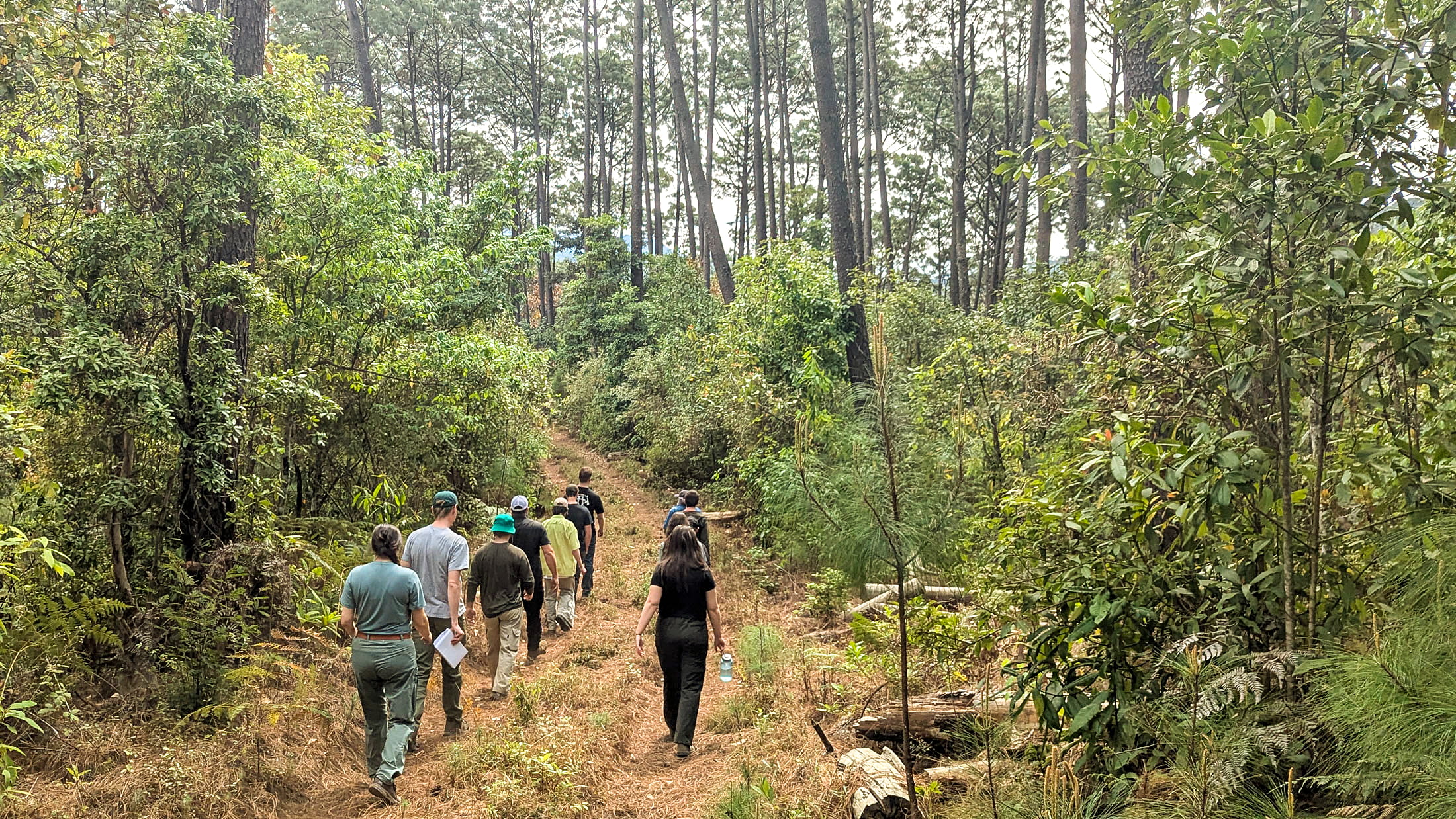
 As forestry practices evolve, the intersection of conservation, Indigenous consultation, third-party certification, and workforce development is central to the future of the industry. The “Breaking New Ground” panel at the 2025 COFI Convention will explore how innovative partnerships and collaborative approaches can balance ecological stewardship with economic opportunity. Panelists will share insights on advancing reconciliation through meaningful consultation, supporting the next generation of forestry professionals, and ensuring sustainable practices through conservation financing and certification. Panelists: Lennard Joe, CEO, BC First Nations Forestry Council; Michael Reid, BC Program Director, Nature United; Kathy Abusow, President & CEO, Sustainable Forestry Initiative; and Aspen Dudzic, Director of Communications, Alberta Forest Products Association & “Forestry Together” Initiative. Moderator: Jason Fisher, Executive Director, Forest Enhancement Society of BC (FESBC). Join us for a forward-looking discussion that brings together diverse perspectives on how BC’s working forests can thrive while meeting environmental and social responsibilities.
As forestry practices evolve, the intersection of conservation, Indigenous consultation, third-party certification, and workforce development is central to the future of the industry. The “Breaking New Ground” panel at the 2025 COFI Convention will explore how innovative partnerships and collaborative approaches can balance ecological stewardship with economic opportunity. Panelists will share insights on advancing reconciliation through meaningful consultation, supporting the next generation of forestry professionals, and ensuring sustainable practices through conservation financing and certification. Panelists: Lennard Joe, CEO, BC First Nations Forestry Council; Michael Reid, BC Program Director, Nature United; Kathy Abusow, President & CEO, Sustainable Forestry Initiative; and Aspen Dudzic, Director of Communications, Alberta Forest Products Association & “Forestry Together” Initiative. Moderator: Jason Fisher, Executive Director, Forest Enhancement Society of BC (FESBC). Join us for a forward-looking discussion that brings together diverse perspectives on how BC’s working forests can thrive while meeting environmental and social responsibilities.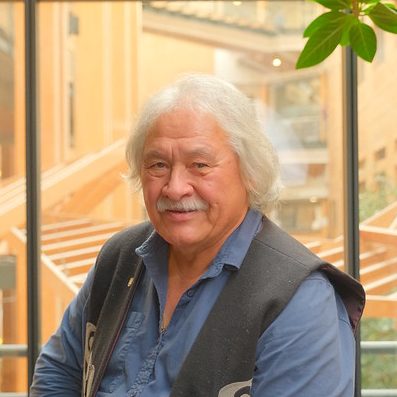




 If forest fires burn organic matter, and biochar is created by burning of organic matter shouldn’t forest soils be full of biochar? Not exactly. There is a difference between the burnt product of wildfire and biochar. Forest fires do produce charcoal, but while both charcoal and biochar are types of pyrogenic carbon, they’re not quite the same thing… Forests in Alberta have been affected by the mountain pine beetle, leaving behind dead trees that act as easy fuel for fires. These dead, dry trees are extremely flammable. The Canadian government has looked into using these dead trees as biofuels and some companies do use them to create biochar. Another source of organic matter for biochar is the material removed from forests as part of fuel management… Both of these methods help manage wildfire and could potentially increase the carbon sequestration of forests if the resulting biochar was added back into the forest’s soil.
If forest fires burn organic matter, and biochar is created by burning of organic matter shouldn’t forest soils be full of biochar? Not exactly. There is a difference between the burnt product of wildfire and biochar. Forest fires do produce charcoal, but while both charcoal and biochar are types of pyrogenic carbon, they’re not quite the same thing… Forests in Alberta have been affected by the mountain pine beetle, leaving behind dead trees that act as easy fuel for fires. These dead, dry trees are extremely flammable. The Canadian government has looked into using these dead trees as biofuels and some companies do use them to create biochar. Another source of organic matter for biochar is the material removed from forests as part of fuel management… Both of these methods help manage wildfire and could potentially increase the carbon sequestration of forests if the resulting biochar was added back into the forest’s soil.